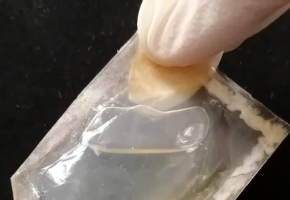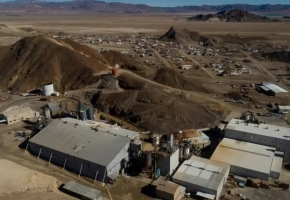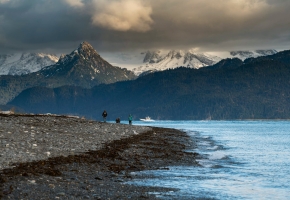Rising seas blamed for disappearance of rare cactus in Florida

A rare tree cactus that grew for decades hidden by a tangle of mangrove trees on Florida's Key Largo has lost its battle with rising sea levels and other pressures.
It's now considered locally extinct in the United States: the demise of the cactus is believed to be the nation's first local extinction as a result of sea level rise.
The cactus may be "a bellwether for how other low-lying coastal plants will respond to climate change,” said Jennifer Possley, director of regional conservation at Fairchild Tropical Botanic garden. But thanks to heroic work by a partnership of plant protectors and researchers, hope endures that the tree cactus could one day be restored to the wild.
The stand of about 150 cactus stems was discovered in Key Largo on a low rocky outcropping in 1992. Its stems can rise more than 20 feet and produce fragrant flowers and bright red and purple fruit.
For years, researchers monitoring the plants thought they were the same species as another rare tree cactus growing elsewhere in the Keys. But tufts of long, wooly hairs growing at the base of its flowers and fruits ultimately convinced Alan Franck, a herbarium manager at the Florida Museum of Natural History, that the trees were the first and only known U.S. occurrence of a species now known as Key Largo tree cactus.
The cactus cluster suddenly began to die over the past decade, under assault from saltwater intrusion, passing hurricanes, rising tides and predators. But the last remnants of the only known specimen of the tree cactus were rescued and taken to Fairchild's nursery and seed bank to prevent its total loss.
Source: USA Today
Image: Susan Kolterman/CNN







